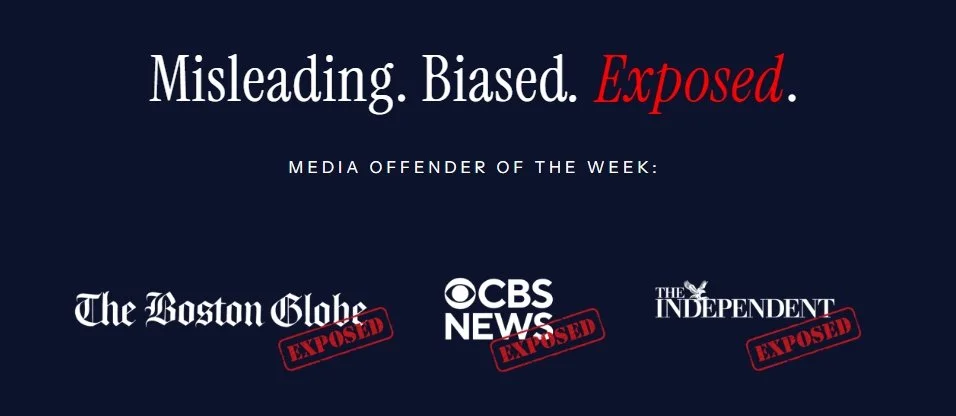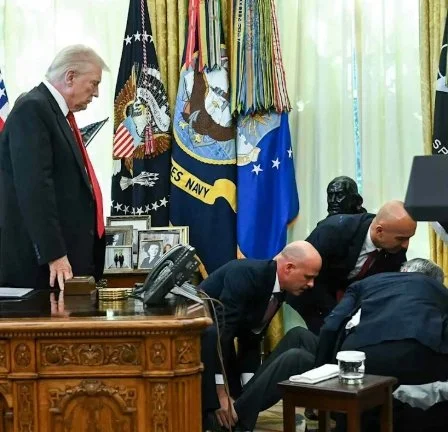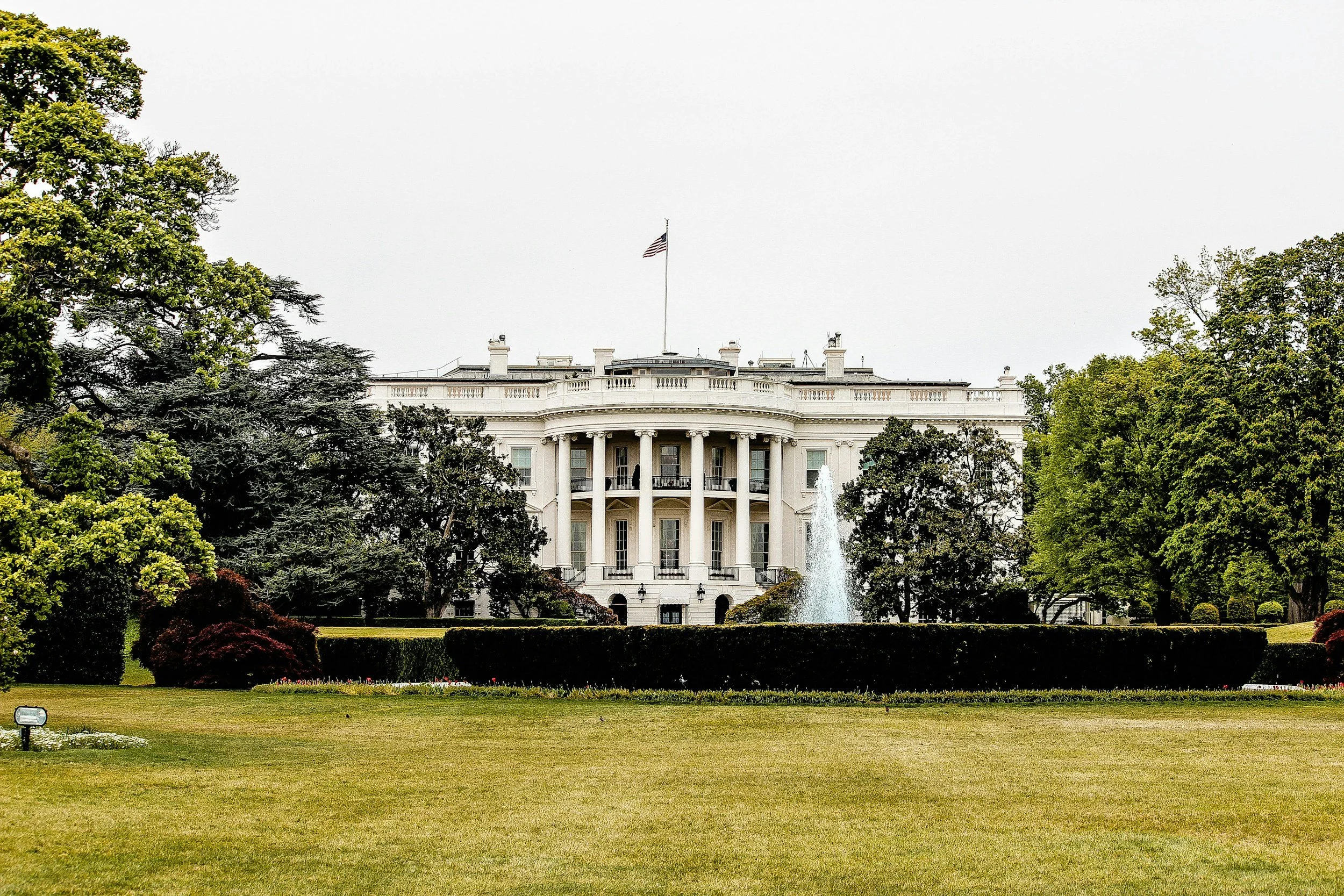Tariffs vs. Taxes: The True Cost of Trump's 2025 Economic Plan
In the turbulent world of modern American politics, it is increasingly important to move beyond partisan shouting and focus instead on the real-world impacts of policy decisions. President Trump's 2025 tariff strategy, combined with proposals to eliminate income taxes, demands careful and objective analysis, whether you are a Republican, Democrat, or independent.
Understanding the intended goals is only the first step. Understanding the likely outcomes is even more essential.
Understanding the Plan
In April 2025, President Trump announced a sweeping new tariff program on foreign imports. Simultaneously, he floated the idea of replacing federal income taxes with revenue from tariffs. The stated goals of these proposals are to boost American manufacturing, reduce the trade deficit, and create an economy that is less dependent on foreign production.
On the surface, this may sound like good news for the average American. However, it is important to step back and carefully examine how such a system would actually work in practice.
Who Pays Tariffs on U.S. Imports?
Tariffs are often described as taxes on foreign producers. In reality, it is American consumers and businesses who ultimately pay them. When a tariff is imposed, the additional cost is added to the price of imported goods at the point of sale. Importers, who are American companies, pass these extra costs on to retailers, who then raise prices for customers.
As a result, although foreign manufacturers may suffer a decrease in U.S. sales, it is American consumers who directly shoulder the higher price at checkout. Businesses that rely heavily on imported goods, including farmers, retailers, and manufacturers, also face rising input costs. They are forced to either pass these costs on to consumers or absorb lower profit margins themselves.
In either case, the economic burden remains largely within the United States rather than affecting foreign competitors.
Income Tax Versus Tariffs
At first glance, replacing income taxes with tariffs might sound appealing. It suggests taxing foreign goods instead of American paychecks. However, a closer look at the numbers tells a very different story.
Today, individual income taxes generate about $2 trillion each year for the federal government. Imports account for roughly 15 percent of U.S. consumer spending, which is about $3 trillion annually.
In order to replace $2 trillion in revenue through tariffs alone, the United States would need to impose an effective tariff rate of approximately 67 percent across all imported goods. This calculation assumes no drop in imports, which is unrealistic because higher prices would inevitably lower consumer demand.
Under such a system:
A middle-income family, which currently pays around $6,000 per year in federal income taxes, would instead face between $7,000 and $9,000 in higher prices due to direct tariffs and general inflation.
Everyday essentials like food, clothing, electronics, and vehicles would become significantly more expensive, regardless of where they are made, because so many domestic goods depend on imported components.
Working-class families, many of whom currently pay little or no income tax, would see a massive increase in their effective tax burden.
Wealthy Americans, who now contribute a disproportionate share of income tax revenue, would benefit greatly. Their relatively lower spending on consumer goods and greater investment options would shield them from much of the economic pain.
In short, replacing income taxes with tariffs would flip the U.S. tax system from being broadly progressive to sharply regressive. It would raise the cost of living for nearly every American while reducing taxes for the wealthiest citizens.
How Much Would a $10 Product Cost if Tariffs Replaced Income Tax?
Consider a simple example.
Imagine a $10 imported product under President Trump's tariff plan. With a proposed 10 percent universal tariff, the importer would pay an extra $1, raising the wholesale price to $11. After adding retail markups and taxes, the final price at checkout could easily climb to $13 or more.
However, if tariffs were scaled up to fully replace federal income taxes, the situation would become even more drastic. Economists estimate that tariff rates would need to rise to between 30 and 50 percent. Under these conditions, the same $10 product could end up costing between $14 and $16. This increase would put significant pressure on household budgets across the country.
The effect on groceries, a daily essential, would be immediate.
The average American family spends about $1,000 per month on groceries, and about 20 percent of that total is tied to imported goods.
With a 10 percent tariff, grocery bills could rise by approximately $20 per month.
If tariffs climbed to 30 to 50 percent, the increase could reach between $60 and $100 per month, translating into an additional $720 to $1,200 per year.
This acts as a hidden tax on consumption. It disproportionately affects working- and middle-class families, who spend a larger share of their income on basic necessities, while wealthier households would be comparatively less affected.
Adding to the burden, foreign countries are already retaliating with their own tariffs on American exports. This would make U.S. goods more expensive overseas, harming industries such as agriculture, manufacturing, and technology. Early signs in 2025 show trade deficits widening and economic growth forecasts falling as the effects ripple throughout the economy.
In short, replacing income taxes with tariffs would not only raise the cost of living but would also shift the national tax burden downward, away from the wealthy and onto the average American consumer.
The Broader Economic Effects
Burden Shift to Consumers: Higher tariffs would raise the price of everyday goods, disproportionately affecting lower- and middle-income households who spend most of their income on consumption.
Relief for the Wealthy: Eliminating progressive income taxes would remove a major financial burden for high earners. Meanwhile, tariffs would function as a flat tax on consumption, impacting all consumers equally regardless of their ability to pay.
Revenue and Inflation Risks: While tariffs could raise government revenue in theory, they would also likely ignite inflation. Rising prices could force the Federal Reserve to raise interest rates, which would slow economic growth and possibly trigger a recession.
Trade Retaliation: Foreign governments have already begun imposing retaliatory tariffs on American goods. This retaliation threatens U.S. exporters, especially farmers and manufacturers, and could lead to long-term reductions in American competitiveness abroad.
Intentions Versus Effects
Supporters of President Trump's strategy may view these policies as a bold move to correct unfair global trading practices and revive American manufacturing. In theory, making foreign goods more expensive could encourage domestic production.
However, regardless of these intentions, the structural effects are clear:
Wealthy Americans would experience significant tax relief.
Ordinary consumers would face higher costs and a lower standard of living.
Industries that rely on imports would suffer from rising costs and supply chain disruptions.
The gap between winners and losers would widen.
Simply Put: Who Wins and Who Loses?
President Trump's 2025 tariff and tax strategy represents a profound economic shift. It moves the burden of funding government away from income and onto consumption. History shows that consumption taxes are inherently regressive, hurting lower-income groups far more than the wealthy.
In simple terms:
Winners: Wealthy Americans, some domestic industries that can substitute for imports.
Losers: Working-class and middle-class families, import-heavy industries, exporters, and American consumers more broadly.
Ultimately, the question for voters and policymakers is not whether Trump's plan is "pro-American" or "anti-American," but rather which Americans stand to benefit, and which will be left paying the price.
Answering that question clearly will be crucial as the nation approaches critical decisions in 2025 and beyond.
References
Congressional Budget Office. (2025). The budget and economic outlook: 2025 to 2035.
International Monetary Fund. (2025, April). World economic outlook: April 2025 update.
United States Census Bureau. (2025). Income and poverty in the United States: 2024.











